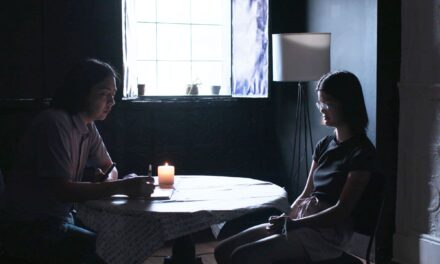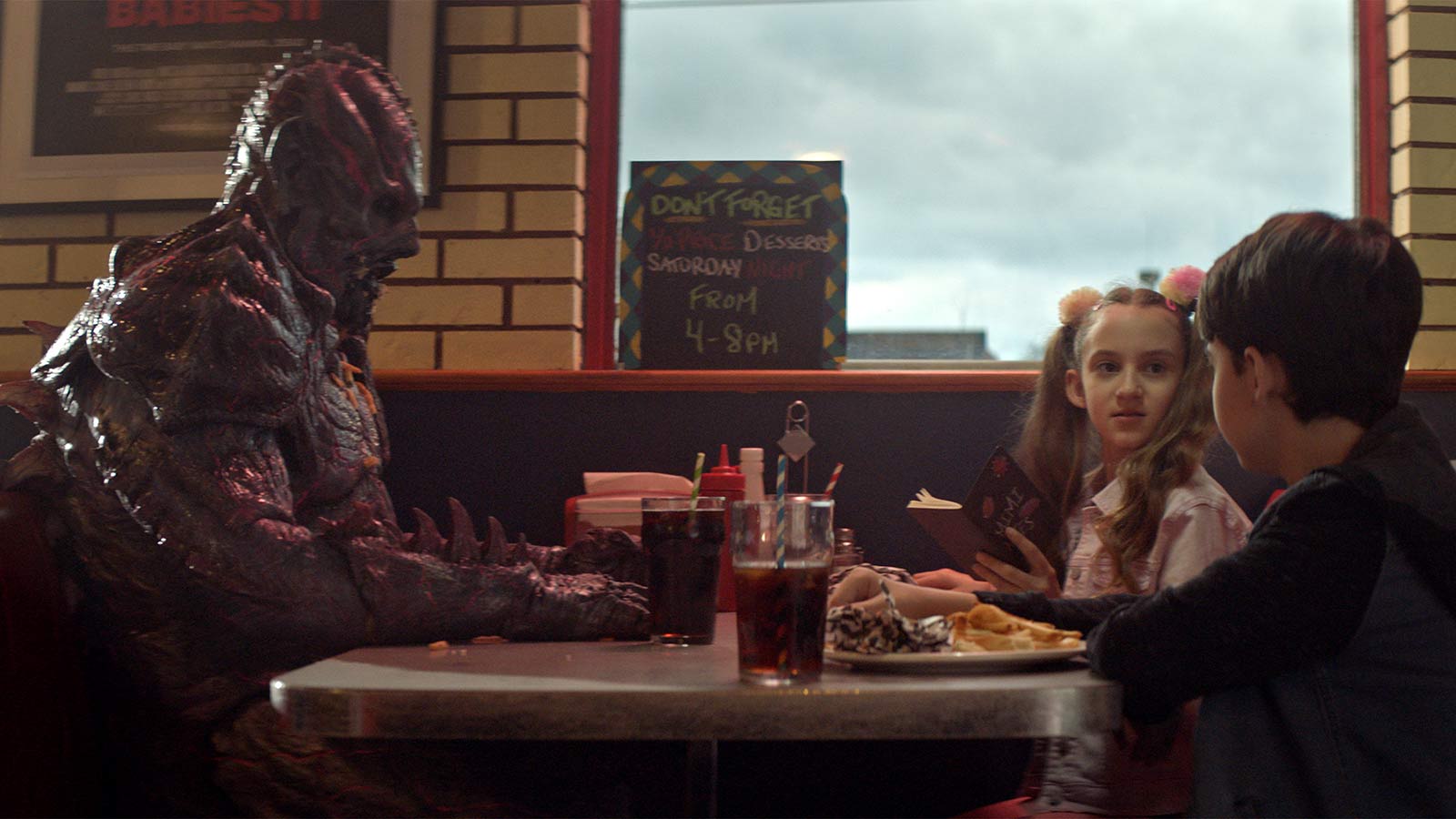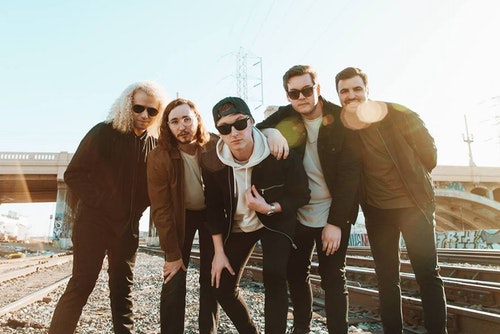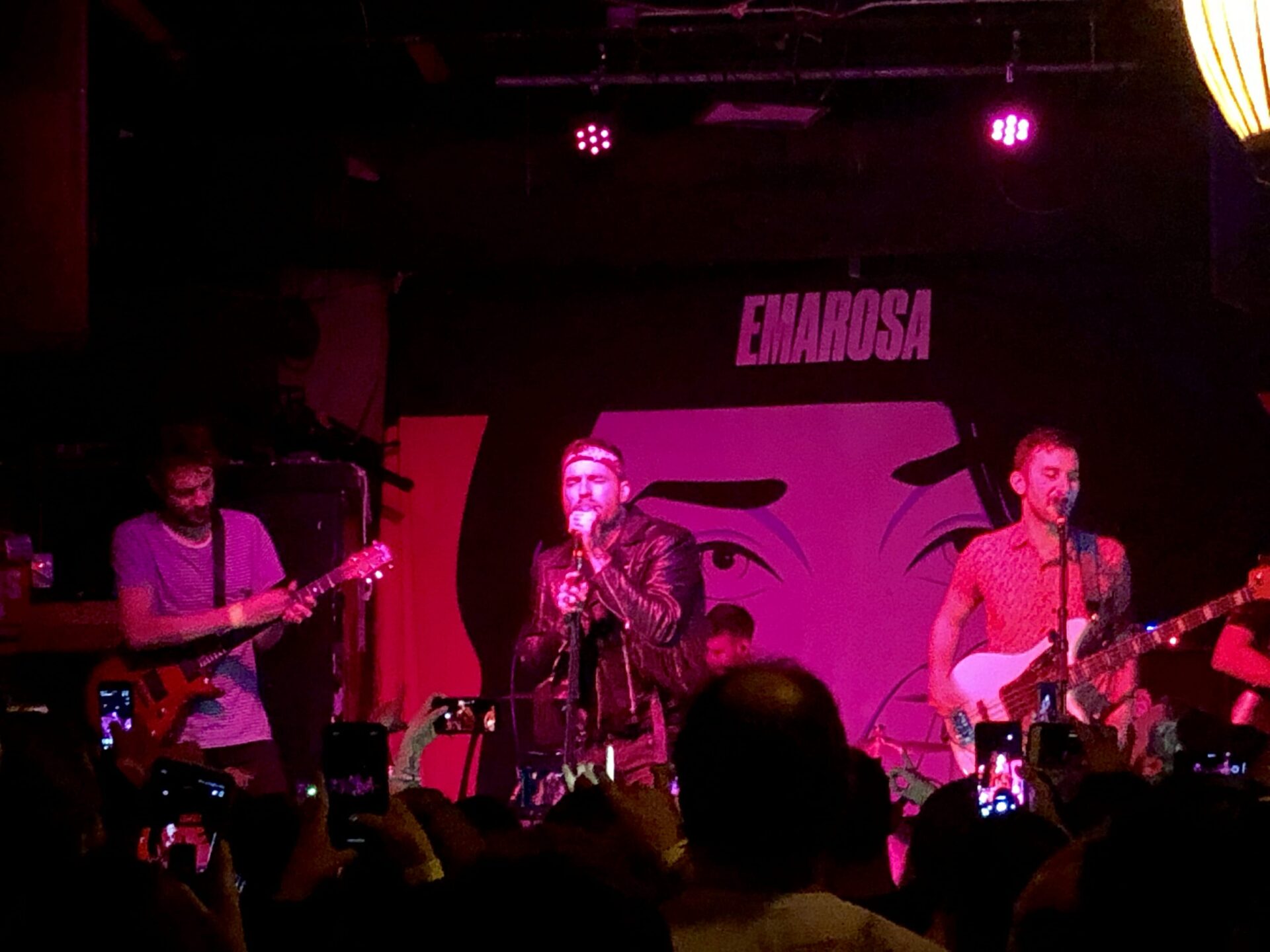Zombie films almost have too much immediacy to incorporate grief’s slow, suffocating feel. There’s the reanimation part, which usually happens in seconds and the person/people you once knew to turn into ravenous, flesh-eating creatures with a void in their eyes. From there on, it’s the principles of survival and not getting bit as the need to be on the go constantly acts as a numbing device. But think about what would happen if that process was prolonged. Instead of the story we’ve all come to know, a limbo exists where the dead come back, and the ones left behind have to deal with the emotional ramifications of what that means.
Writer/director Thea Hvistendahl’s Handling The Undead, based on John Ajvide Lindqvist’s 2005, asks a lot of patience from its viewers in how this story unfolds. That may be a tall order, considering how deliberately slow the pacing is, but that’s precisely how loss feels like. Instead, the dead arising suddenly are more of a reflection of the inevitable reality of death for us all and a mirror image of how fragile mortality is. Within the film are three different scenarios that intertwine at the intersection of how hard losing someone feels from various aspects. Anna’s (Renate Reinsve) son Elias has died, and it has completely left a defining mark on her. Her father, Mahler (Bjørn Sundquist), grief-stricken in his own right, tries to be helpful by bringing her food. However, she barely acknowledges his presence as a numbness has overtaken her.
When we first meet Tora (Bente Børsum), she’s saying goodbye to her lifelong partner, Elisabet (Olga Damani), alone in an echoey funeral home. After Tora leaves her for the last time, she goes home and stares sadly into space as a thunderstorm rings through Olso. Eva (Bahar Pars) and her standup comedian boyfriend David (Danielsen Lie) have a loving relationship with two children, Flora (Inesa Dauksta) and Kian (Kian Hansen). While driving to the show, Eva gets into a fatal car accident and ends up on life support — not before she leaves one last “I love you” message to Floria. While the table is set, a phenomenon happens as an electromagnetic pulse shoots throughout Oslo. Bird flight patterns go wild, and the whole city loses power. But that’s not all that happens. When Tora awakes, Elisabet is suddenly in their home, sitting at the kitchen table. Doctors are perplexed when Eva’s condition changes and her heart starts being on its own again. Mahler visits Elias’s grave and hears a knock on his coffin door.
There is a usual way these scenarios would go, but Hvistendahl and co-writer Lindqvist show restraint on our expectations. Handling The Undead’s vision is constrained to that of these three families and the ramifications of what this event means to them. Narrowing the scope instead of having a state-wide peripheral proves to be the right call. It’s not as if these people are suddenly in an interactive and whole state. In the case of Elias, his body has decomposed a bit — shown along with an impressive assortment of prosthetics and makeup. David and his children haven’t even had time to process what happened to Eva. How do you explain seeing someone on death’s door and suddenly improve unexpectedly? It’s hard for them because the hospital is in a frenzy; thus, they can’t even see Eva. The family is trapped in a state of painful limbo.
For Tora, there’s a scene where she dances with a mute Elisabet to Nina Simone. Yes, she’s gotten the love of her life back — but not really. This is the same realization all three stories find out in their ways. Much of what defines Handling The Undead happens in between dialogue. This is where the tag team of Peter Raeburn’s eerie, foreboding score and Pål Ulvik Rokseth’s cinematography with various wide and close-up shots come into play. There’s a possible endgame in all of this — the film strives to keep its focus on the quietness of how this story wants to prevent itself. When the premise starts to wane, the third act provides a shot of adrenaline where hard choices must be made and what’s presented before us comes to fruition. Is it cruel to have hope taken away from you or gain a piece of it back, knowing it will never be the same again? One of the more painful things about Handling The Undead is that there are slight signs of the dead, giving a hint at their past humanity. Thus, it combines a sort of hopefulness as a ripped bandaid to the melancholy death brings — that combination may feel worse than the initial loss itself.
Photo Credit: PAL ULVIK ROKSETH/SUNDANCE INSTITUTE













